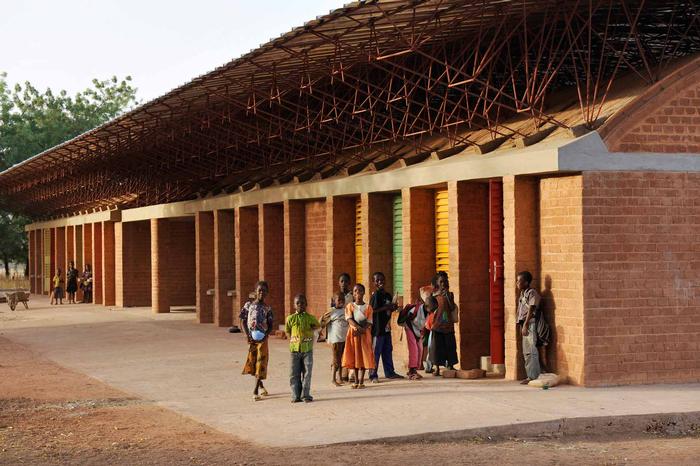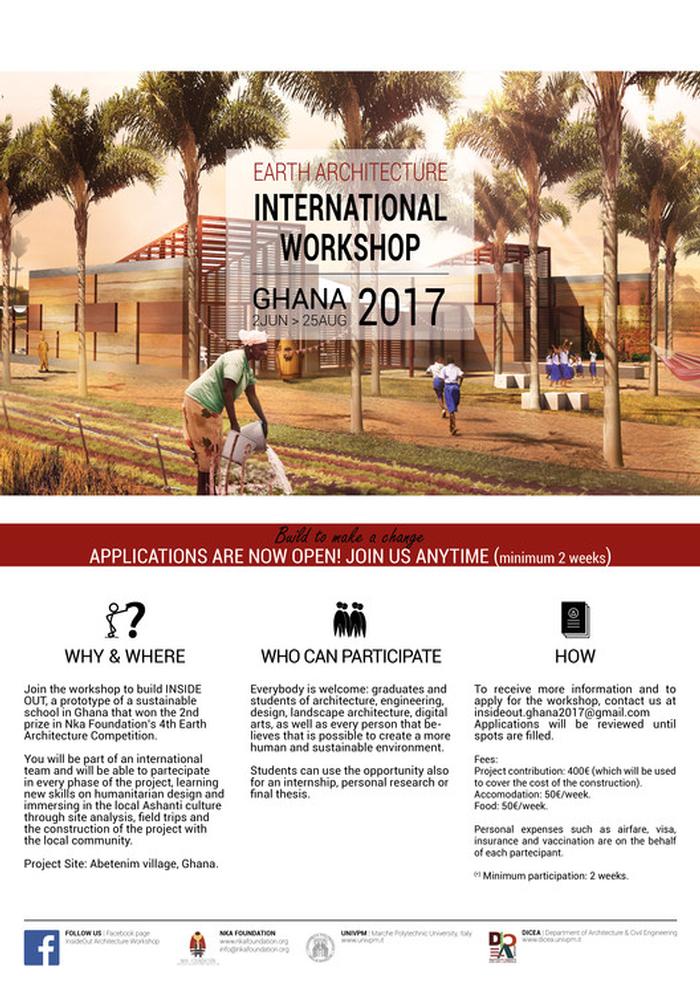Richard Migisha Travel ProposalUNDERSTANDING COMMUNITY-BASED ARCHITECTUREI have come to agree with the fact that people change with time. My first day in architecture school was denoted by exuberance desire and determination at the thought that i might design the tallest skyscraper in Africa; ambitious to be like some of the best architects in the world. However, after an intense period of architectural discourse and theory, it has hit me that architecture is not about sky scrapers or star architects, but about people and how they interact with space. I learnt that the role of an architect is to ensure safety and comfort but above all solve a problem. An architect’s design is only successful when it responds to the needs and aspirations of a client or the community for which it is designed. Hence, it is true that architecture has the power to transform and change the lives of the people by meeting their daily and basic shelter. Community-based Architecture gives a sense of pride, and solidarity towards achieving people's dreams and goals and for others a sense of maturity and belonging. Community-based architecture can simply be defined as architecture carried out with active participation of the end-users. In these projects, professionals from different disciplines come together with the local residents to improve their environments through design and construction. In Africa, most of these kind of projects are rural based. This is because rural communities have a robust solidarity to give a hand in producing buildings that are a representative of their culture, needs and aspirations. In Uganda, the most iconic of such projects is the Ross Langdon Health Centre in central Uganda designed by the late Australian architect Ross Langdon. While majority of the local-based architects are busy doing their practice in urban centres for a more financially stable clientele. Langdon chose to extend his service into the rural communities of Uganda. Ross Langdon’s approach to community based architecture is similar to that of award winning architect Diébédo Francis Kéré, a German-trained architect from the small West African town of Gando in Burkina Faso. Kéré’s approach towards sustainable design involves engaging the local community in design and construction of his projects. By using local materials, local knowledge, and local technologies on a limited budget, Kéré’s projects are able to achieve holistic and sustainable design solutions. In a long run his projects have been able to improve the livelihood of the people within the Gando community by dealing with the social, economic and environmental challenges that the African continent is still grappling with. Kéré’s approach towards design has set pace for good design practice of architecture here in Africa. An architecture that responds to the needs and challenges of the African context by reducing the cost of construction in a continent that is still struggling with identity and poverty. Slowly, people are beginning to appreciate the value of an architect in society. Kéré’s work has brought pride and joy to the people of Burkina Faso and other parts of Africa. This year’s travel fellowship presents an opportunity for me to go and experience Kéré’s architecture in Burkina Faso. The projects I choose to visit include: Gando Primary School, Gando Teachers’ Housing and Finally Opera village in Laongo. Visiting these projects will enrich my knowledge about what it means for an architect to come out of his comfort zone and design for impoverished communities. The objective of these visits include: (i) Examining the link between architecture and the community. (ii)Investigating the impact of the architecture to the community today. (iii)Examining the use of different local materials and design techniques and impact they had on the project. The above will be achieved through talking to the members of the communities, exploration through sketching, Reflection, etc. ITENERARY Location: (Gando, Laonga) Burkina Faso: 1st June – 4th June Activities: Recording, Interaction, Blogging, Interviews. Air ticket = 650$ (Ethiopian Airlines), Accommodation and Meals = 180$, Transportation to the projects = 180$, Digital Camera= 450$ TOTAL = 1460$ In a conscious effort to attract the attention of built environment professionals towards designing sustainable buildings, the Nka Foundation is a non-profit organization have organized a workshop titled “Earth Architecture International Workshop in Ghana”. The workshop will take place from June 2nd -25th August in Abetenim, Ghana. Teams of volunteers from around the world will meet to build InsideOut, a prototype of a sustainable school in participation with the local community. In the aftermath of the workshop, I hope to have learnt new humanitarian design skills by understanding what it means to design for the local context using local materials (rammed earth) while working alongside the local community in the construction of the project. The project also presents an opportunity to apply knowledge and findings from Francis Kéré’s projects into real life application. I also expect to interact, share knowledge and experience with other professionals during the workshop such as engineers, landscape architects and other designers or creatives. At the end of the workshop I expect to develop skills and expertise in the use of earth as a sustainable material. This experience will also be an opportunity to move away from the theory of earth construction to practical application. ITENERARY Location: Abetenim, Ghana. 5th June – 21st June Activities: Workshop, Recording, Construction, Blogging, Site Analysis. Air ticket (includes return ticket to Uganda)( Ethiopian Airlines) = 1000$, Course fee: = 430$, Transportation + Extra co-curricular activities = 150$, Accomodation + Meals = 300$, TOTAL = 1880$ For more information about the workshop: http://www.archdaily.com/802963/earth-architecture-international-workshop-ghana-2017 https://www.facebook.com/InsideOut-Architecture-Workshop-1101491426607507/ Contact: Insideout.ghana2017@gmail.com I Intend to conclude my travel by visiting Accra the capital of Ghana to meet architect Joe Osae-Addo who like Kéré has a sustainable approach in his projects. It will also be an opportunity to visit his art exhibition space and café in Accra which he believes is the way of letting the local community appreciate the value of architecture in an urban context. ITENERARY Location: Accra, Ghana. 22nd June – 24th June Activities: Interview, Recording, City tour/walks, Accomodation + meals = 150$, Transportation = 150$ TOTAL = 300$ GRAND TOTAL: 3640$ I intend to share my experience and knowledge with my colleagues at university through a series of lectures in Uganda. In the aftermath of my travel to West Africa, I hope to have acquired ample practical skills and knowledge that I can emulate in my studio projects and future practice as an architect. Self-Financed: Pocket Money = 300$ Additional Help and InformationAre you in need of assistance? Please email info@berkeleyprize.org. |
|



